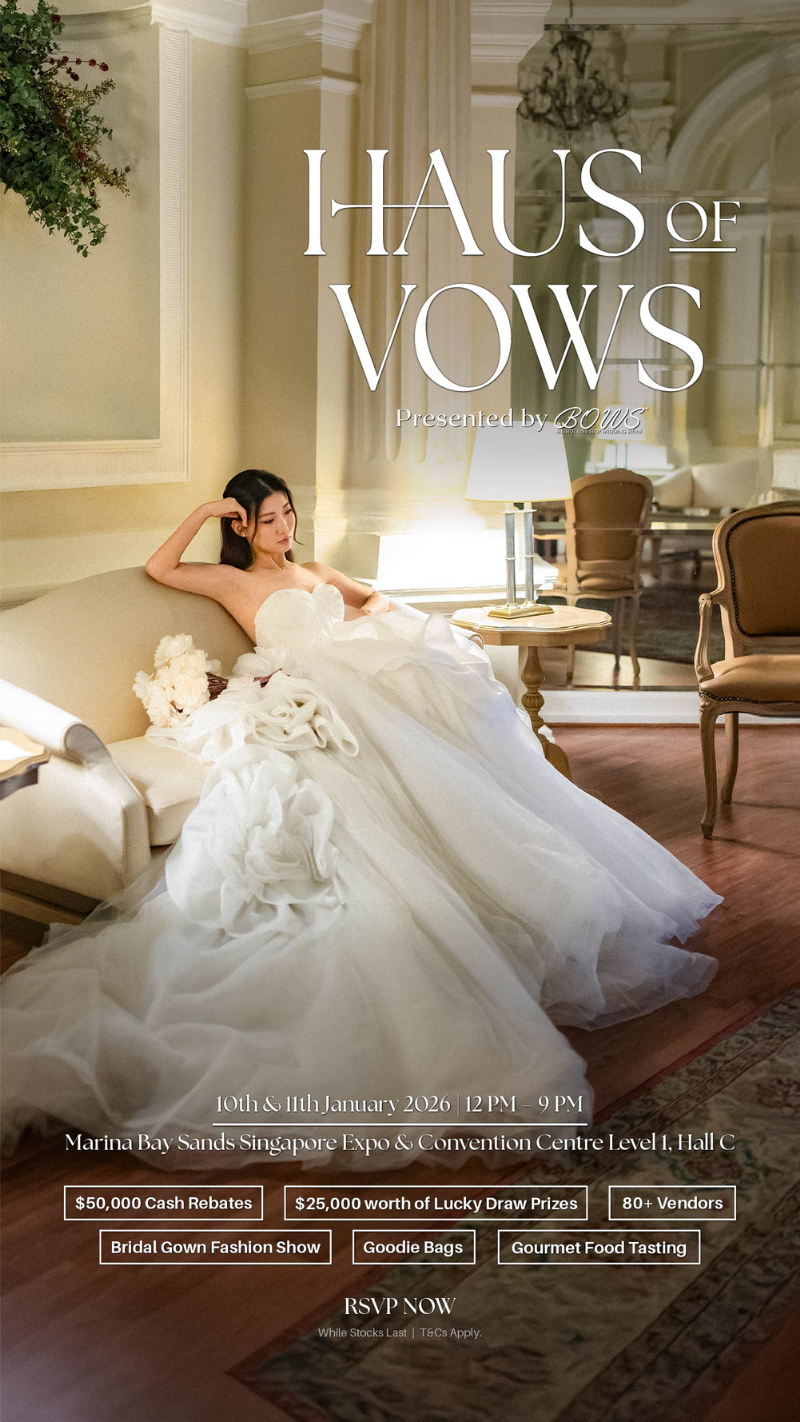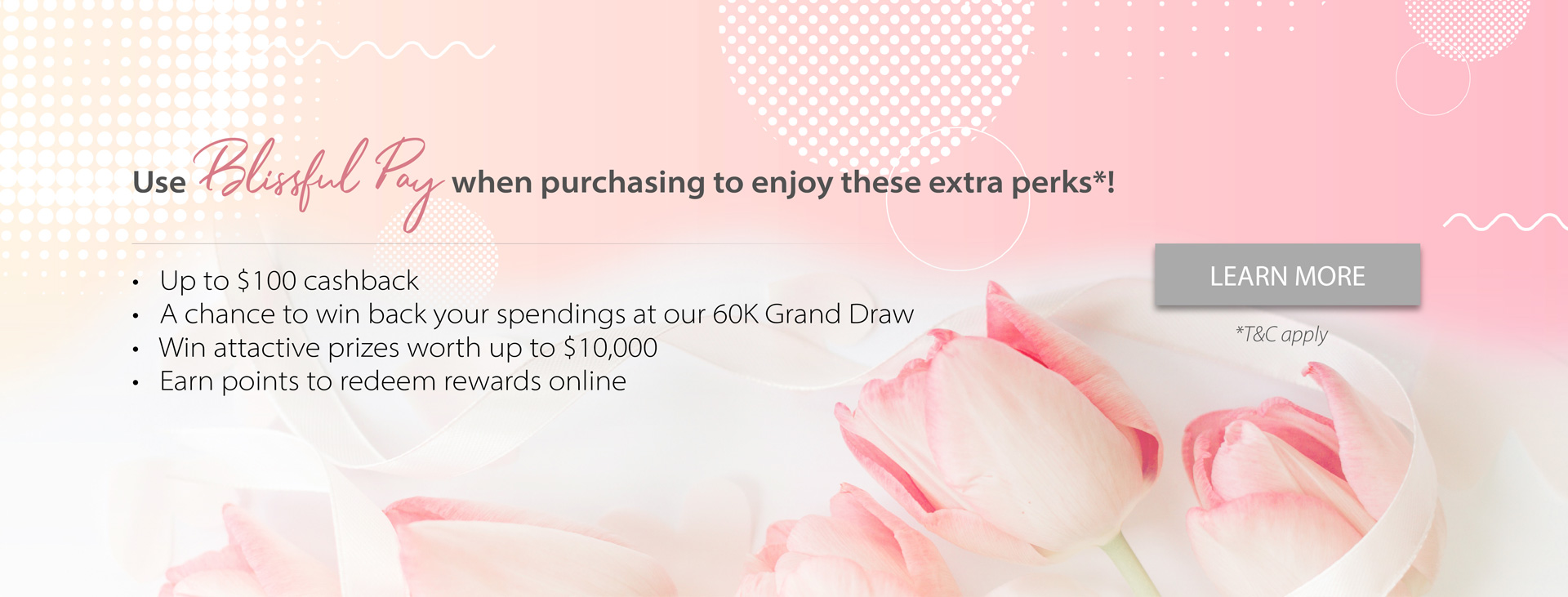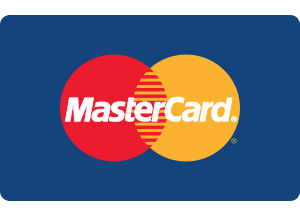The Icing on the (Wedding) Cake
2017-07-26
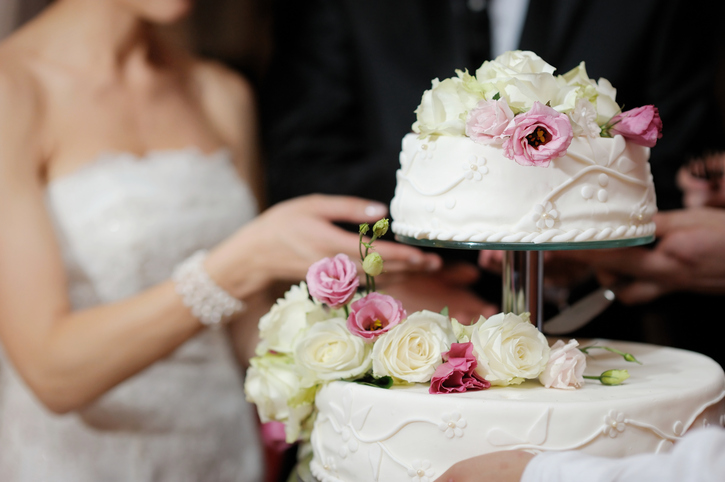
Even though the cutting of a wedding cake is an age-old practice, wedding cakes of the modern day serve a different purpose: To act as an outstanding display that will wow guests. Due to the heavy emphasis on the façade of the cake, it is no wonder that couples get picky (and confused!) when it comes to choosing the type of icing they should use on their wedding cake.
Not sure where to start? We give you a breakdown of five different types of icing.
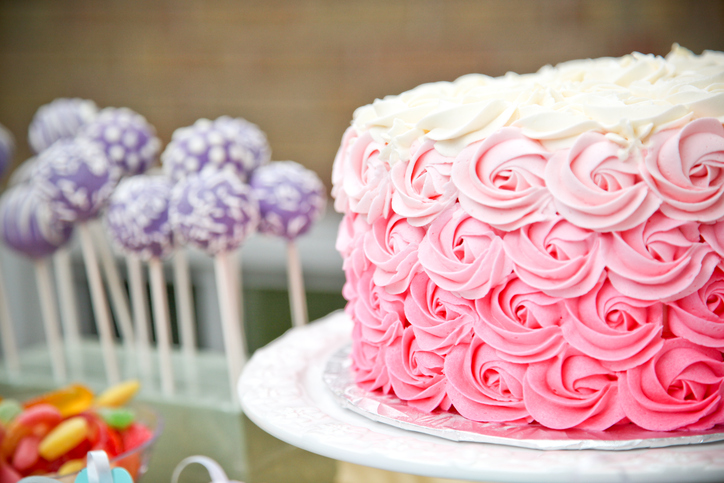
Buttercream
You must’ve heard of buttercream icing before — it is the most widely used icing on any cake. Made with icing sugar and butter, this type of frosting is easy and tasty. Yet, not all buttercream tastes the same — flavour extracts or cream cheese can be added to change the flavour, so be sure to sample your baker’s buttercream(s) before coming to a decision.
Buttercream icing mixes well with colouring and has a smooth texture that can be easily cut into; hence, it can be spread over an entire cake or piped as decor. Unfortunately, its delicate consistency also means that one needs to be extra careful when transporting the cake as it smudges easily. It melts quickly too — even if the butter is replaced with shortening (which helps it last longer), it is still not advisable to have a buttercream icing cake for alfresco weddings in the summer, or to be displayed long before serving.
Alternatives that aren’t too different from buttercream icing are meringue icing, which is made with whipped egg whites and sugar, as well as whipped cream icing.
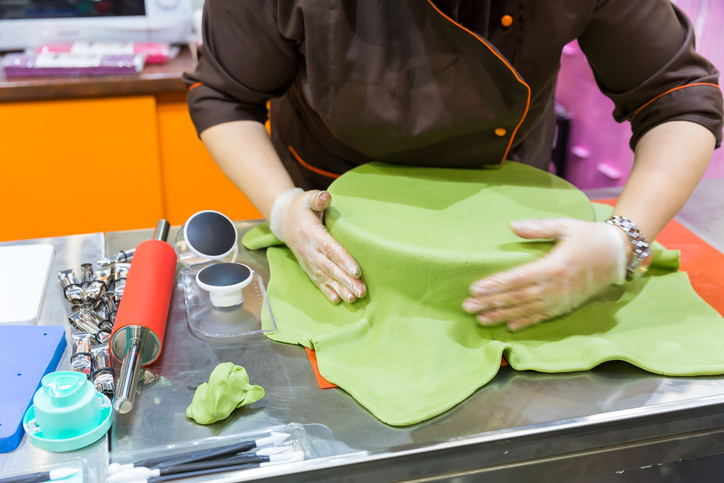
Rolled Fondant
Another common icing is rolled fondant icing, popular thanks to its pliability (think Play-Doh) which can be manipulated to encase even the most unusually shaped cakes. Made with sugar, corn syrup, gelatine, glycerine and food colouring, it forms a smooth sheet that gives cakes a clean finish. Another plus point — rolled fondant holds up well, withstanding heat and movement better than buttercream icing.
Despite looking pretty, rolled fondant icing isn’t much of a crowd-pleaser for the simple reason that it can be tasteless. To overcome this, bakers may spread a layer of buttercream icing before wrapping the rolled fondant over the cake. This, however, drives up the cost of the cake (rolled fondant icing on its own is already more expensive than buttercream icing to begin with).
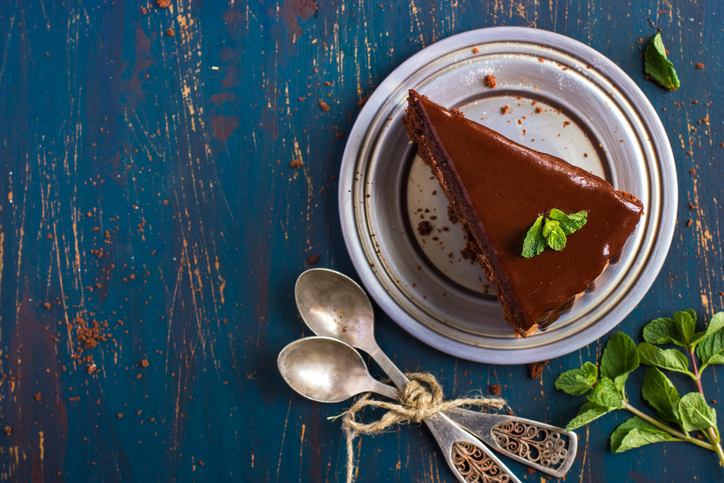
Ganache
Chocolate-lovers will absolutely appreciate a cake with ganache icing — a hot heavy cream poured over chocolate to let it melt into a viscous and decadent mixture, sometimes with liqueur added. Depending on the cream to chocolate ratio, you can achieve different consistencies (cream or glaze) and finish (matte or glossy) with ganache icing.
It is a given, though, that since it is primarily chocolate, ganache melts way too quickly to be suitable for outdoor weddings and hot weather.
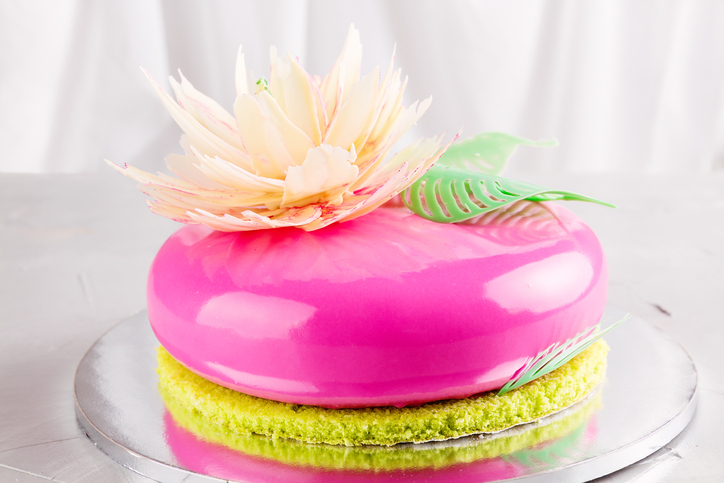
Mirror Glaze
Not to be confused with glazed icing — which is similar to royal icing in that it sets completely hard and is used for smaller pastries — mirror glaze icing gives cakes a highly glossy, reflective finish; a cake trend which has created quite the hype in recent years. Most commonly made with condensed milk, gelatine and sugar, glaze icing is poured over a cake to completely cover it and can be used in different colours to achieve a marbled effect. What’s best? It’s durable in the face of heat and humidity too!
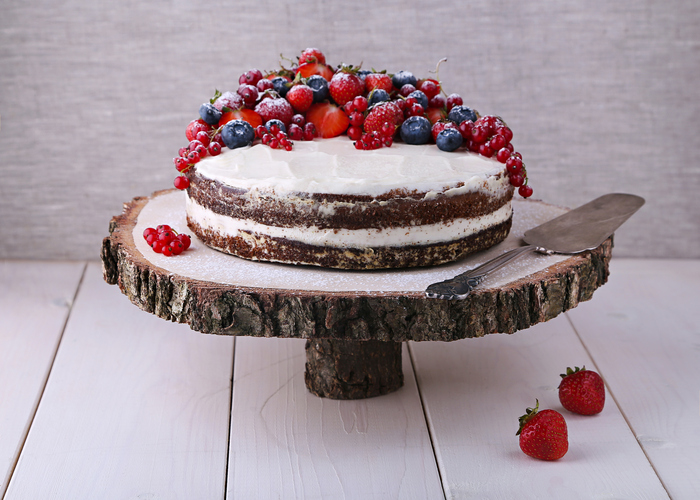
Naked Cakes
If you’d rather not stress yourself with the nitty-gritty of choosing the perfect icing for your cake, you might want to opt for a naked wedding cake. As its name suggests, naked cakes aren’t “clothed” or covered in icing of any kind on the outside. At most, frosting is used to stack the layers together (along with fruit filling) or smeared in a thin, uneven layer around the cake. This no-frills cake fits exceptionally well into a rustic themed wedding thanks to its unrefined appearance.

